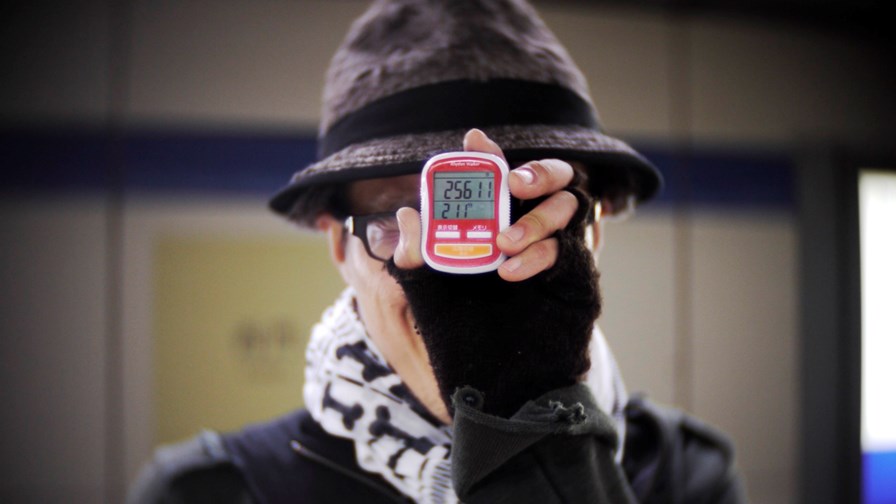
via Flickr © Nisa Yeh (CC BY-SA 2.0)
- Five million individuals will be remotely monitored by healthcare providers by 2023
- That will be fine if you’ve got a clean bill of health - if you pay for medical insurance the monitoring will keep you on-track and your premiums will be lower
- But if you haven’t got a clean bill of health it could be bad news
Have you ever wondered to yourself if the industry you’ve spent ‘x’ number of years working for is going in the right direction? Ever wondered whether it is adding to, or subtracting from, the sum of human happiness?
At least when you’re adding up the minuses (the Internet’s scope for security lapses, Google’s privacy busting data collecting, Facebook and its 9 million cat videos, its regrettable teen suicides, its misuse of its members’ data etc, etc), you can turn to some real plus points to cheer yourself up again.
Can’t you?
One of my favourites has been medical technology and IoT. It holds out great promise: monitoring patients with chronic conditions using tracker-style radio gadgets; using the Internet to form patient groups which can then self-help. Then there’s the data. All that tracker data as well as the data already kept in patent records can be anonymised into vast ‘big data’ sets capable of yielding all sorts of medical insights to spur interventions and assist with the development of new treatments.
Unalloyed good, surely?
Certainly it’s generating unalloyed cash for IT investors. According to Juniper Research wearables, including health trackers and remote patient monitoring devices, are set to become ‘must haves’ in delivering healthcare. It estimates that $20 billion is forecast to be spent annually on these devices by 2023. Meanwhile, assistive hearables, or connected hearing aids made available via healthcare providers, as well as directly to customers at varying price models, will mean this sector generates revenues of over $40 billion by 2022.
As a result Juniper forecasts that 5 million individuals will be remotely monitored by healthcare providers by 2023.
It’s a great business.
But it gets better. Juniper says that the data will spur “the advanced ability of AI-enabled software analytics to proactively identify individuals at risk of their condition worsening.”
Juniper has a free white paper ‘Will Digital Health be Ready for Complete AI Dominance?’ that’s well worth reading.
But as you might have expected, there’s a problem.
“As wearables become part of patients’ treatment plans, OEMs will seek to adjust their business models and generate revenues from devices being monitored. For example, by selling data produced by the devices to insurance providers,” claims Juniper. It forecasts that service revenues of this nature will reach $855 million by 2023.
According to Research author Michael Larner, “It is vital that patients are made aware of how their personal data will be used. If not, making wearables a ‘must have’ to provide personalised care or receive medical insurance risks a backlash from patients and heightened regulatory scrutiny; stalling the effectiveness of remote monitoring.”
You can say that again!
The dynamic driving the medical insurance business is to identify those at greatest risk and either increase their premiums or refuse cover, using the money saved through lower rates of claim to offer attractive premiums to the rest of the customer base.
It may be difficult - nay impossible - to stop the leakage of AI generated info that can assist that process. So it looks likely that one of my ‘pluses’ has a huge question mark hanging over it. Let’s hope for the best.
Email Newsletters
Sign up to receive TelecomTV's top news and videos, plus exclusive subscriber-only content direct to your inbox.




